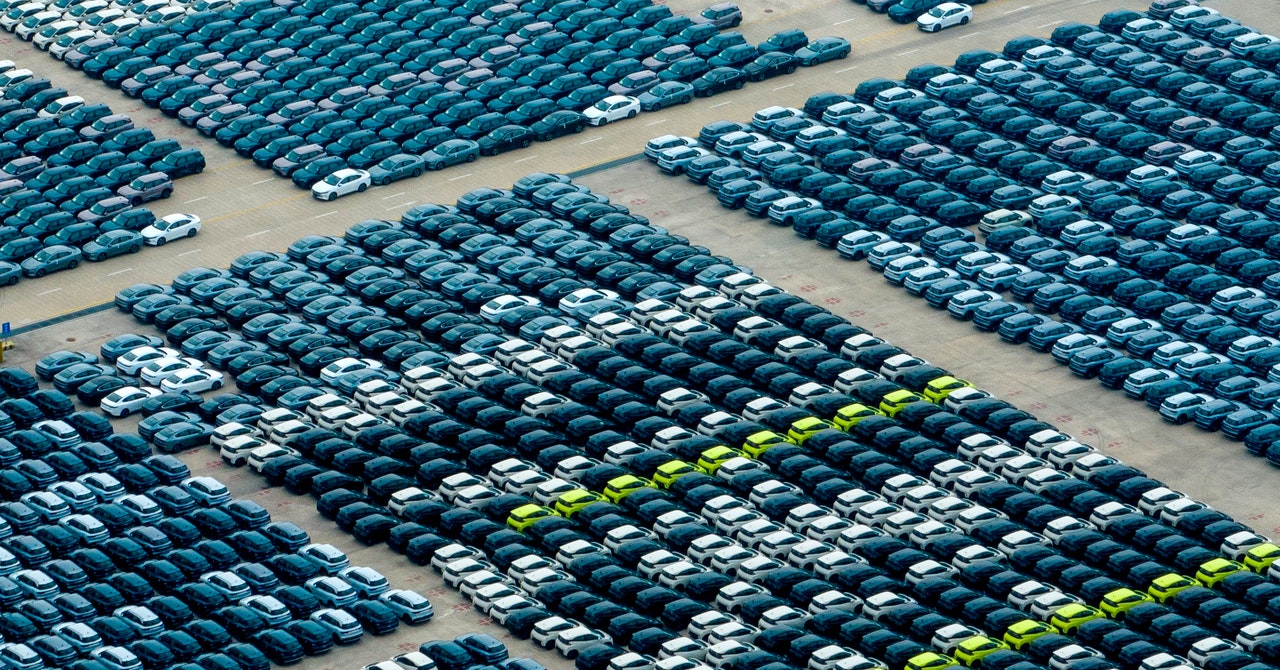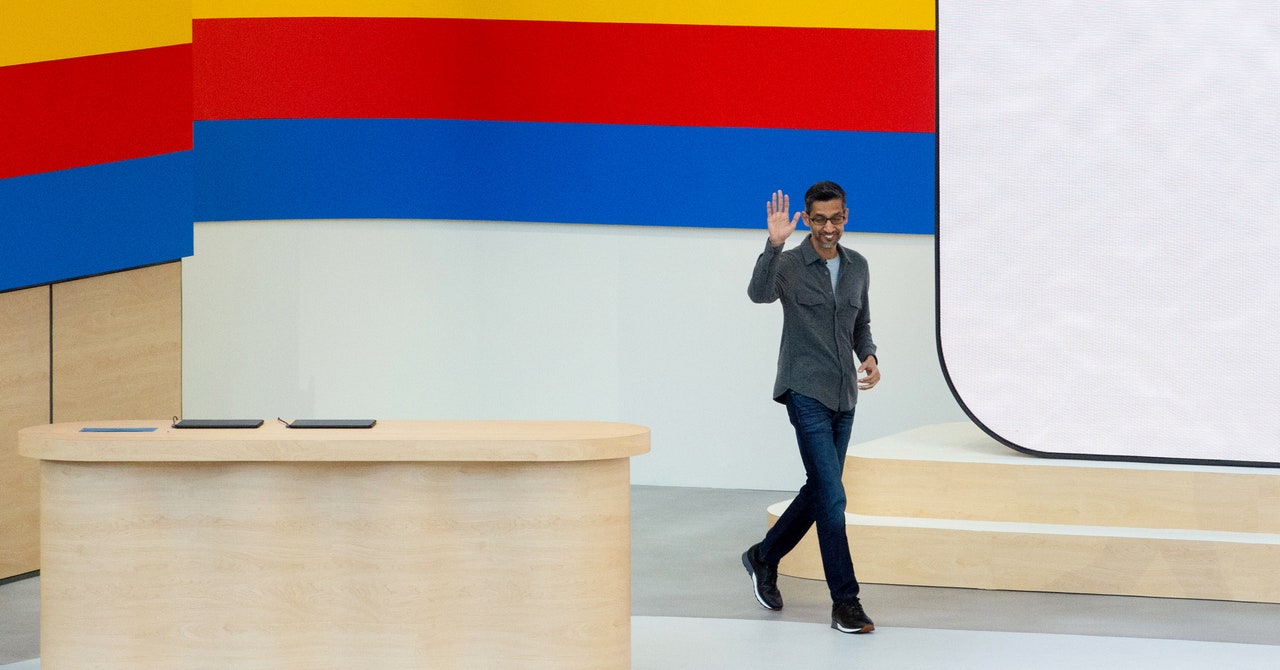
At the moment, the Biden administration introduced a near-unprecedented 100 percent tariff on Chinese language-made electric vehicles, a transfer the White Home mentioned would defend the American business from “unfairly priced Chinese language imports.” Beforehand, tariffs on Chinese language EVs sat at 25 p.c.
Electrical automobile batteries and battery elements can even be topic to new tariffs—Chinese language lithium-ion battery tariffs rise from 7.5 p.c to 25 p.c, and charges for Chinese language vital minerals, together with manganese and cobalt, will transfer from 0 p.c to 25 p.c.
The transfer, simply the most recent in a flurry of actions taken by the Biden administration in opposition to Chinese language autos and their elements, comes at a fragile time for the US electric vehicle business, which lags behind China not solely in automobile value however high quality.
China’s lead in electrics, consultants say, stems from years of funding in automobile software program, battery, and, critically, provide chain growth. BYD, which briefly overtook Tesla because the world’s high EV vendor final fall, has been manufacturing electrical autos since 2003.
In the meantime, the prospect of catastrophic international climate change hangs not solely over the US auto business, however your complete world. Motor and diesel gas consumption within the US transportation sector accounted for practically a 3rd of the nation’s energy-related carbon dioxide emissions final 12 months, in keeping with the US Power Data Administration.
The tariffs mirror the US authorities’s unlucky bind: It hopes to rev up sustainable power sources whereas tamping down on imports from a rustic that occurs to provide sustainable power sources very nicely.
The tariffs are additionally meant to begin the clock on the US’s personal home electrical automobile growth, which can want extra and cheaper electric cars, but additionally the batteries and battery provide chains to make them go.
Or, possibly not begin it. “The clock began 10 years in the past, and we’re behind. We’re means behind,” says John Helveston, an assistant professor in engineering administration and methods engineering at George Washington College who research electrical automobile growth and coverage. The tariffs, he says, won’t insulate the US in opposition to competitors from Chinese language vehicles perpetually. “They’re not going to make us higher at making issues.”
Will the trouble work? In a written assertion, John Bozzella, president and CEO of the US’s fundamental auto lobbying group, the Alliance for Automotive Innovation, was sanguine: “US automakers can outcompete and out innovate anybody on the EV transition,” he mentioned. “Little question about that. The problem at this second isn’t the desire … the difficulty is time.”
However even with extra time, the long run might be difficult. Automakers and auto suppliers promoting within the US must work out the way to keep afloat at the same time as they proceed to pour billions into electrical automobile and battery growth. And whereas US electrical automobile gross sales are going up, their growth has slowed.
In the meantime, one other influential US coverage, the Inflation Reduction Act, directs billions to build up home provide chains for electrical autos and different renewable power sources. However these efforts may take years.
“The administration is attempting to stroll a line,” says Susan Helper, a professor of economics at Case Western Reserve College, who labored on electrical automobile coverage within the Biden administration. “One purpose is a robust auto business with good jobs and clear manufacturing strategies, and the opposite is quick motion on local weather change. Within the long-term, they’re in keeping with one another. Within the brief time period, there’s battle.”






